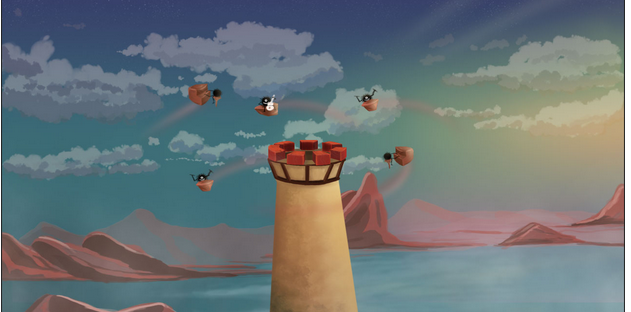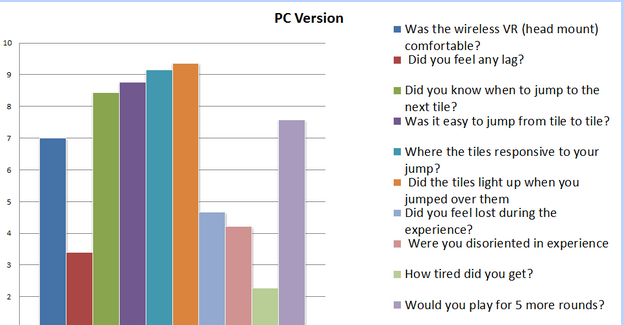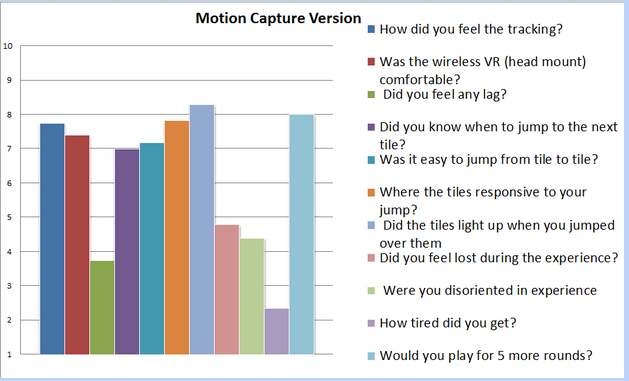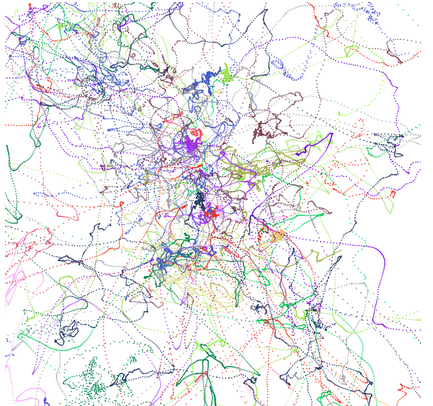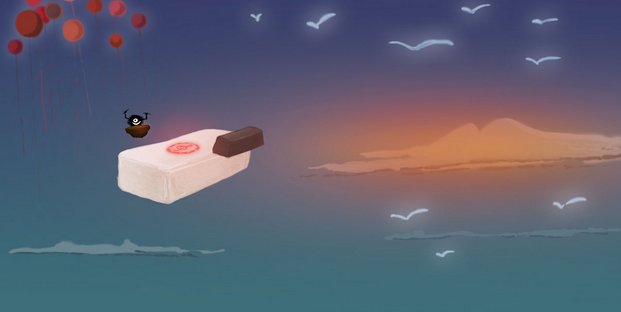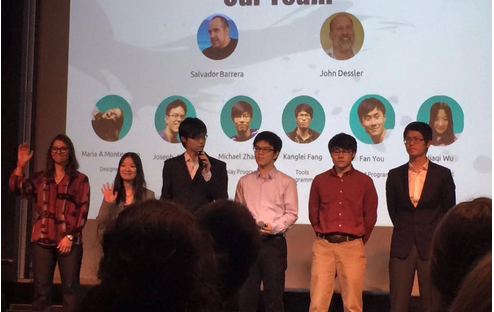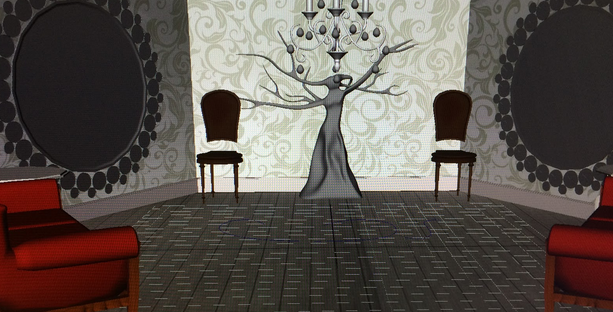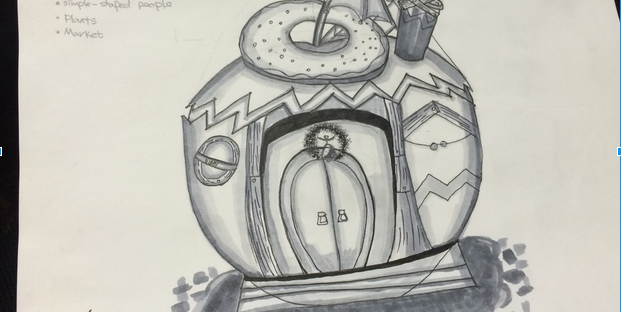Whole Team:
After Soft opening, we discovered that some of the bugs in our game might ruin the whole experience in our game. And according to the feedback from faculty, we’ve concluded a few things that need to be updated:
- Player should not be able to go below the tower
- Sometimes the notes are too overwhelming
- At the beginning, we should find a way to guide player to walk towards fire
- Drum should be fixed, and removed the lines flying to it
- The key should never go backwards
- Adaptive level up
Hence, for this week, besides of refining art models, programmers also need to update their code to improve these key features, preventing them from ruining the player’s experience.
Game Design:
Maria:
This week I focused on designing around the feedback we got on Softs. The main critiques were about the beginning and the ending of the game. With Jiaqi, we redesigned the beginning to make it more clear to the player what they had to do by adding a door to the outside instead of just a flame. At the end, we also redesigned the fireworks to come out of the small tower in the middle. This way the player would turn around and look at the tower where all his/hers recordings would be found.
Throughout the week I also playtested every single iteration to make sure all the bugs were fixed and followed the design document. I also focused on editing the 30 sec and 3 min promo videos.
Game Produce:
Joseph:
During this week, I focus on finalizing our game, fixed the key generating system and triggers. and make the todo list and track the progress of the team. The list can be found here: https://docs.google.com/spreadsheets/d/1UfFnf5bDFtRwSyFrlPsy-EzqehJR-ILjV3DefHlHYMU/edit#gid=0
Besides of that, I’ve recorded fraps for 3 prototypes. And I also started to do Archives for the whole project team.
Programming:
Fan:
According to the feedback from soft, I speed up the recording a little bit and make it more visible for people to see at the end of game. Then, I am working on post-mortem as well as the OM wiki page.
Kanglei:
This week I helped finalize the game, including fixing the tower lockdown bug, and helped artist import the art assets and finished a better start and ending.
Michael:
This week Michael focused on bug fixing and discussing soft feedback with team.
Michael changed drum setting to make it easier to be figured out by player.
Also, Michael has begun the documentation work which will be well presented on Organic Motion Wiki Page. This will also be Michael’s major work next week.
Art:
Jiaqi:
This week I refined art assets and made some new to serve the game better.


